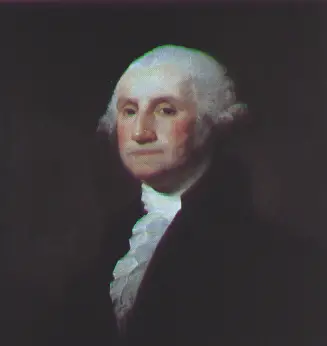Two of our nation's most accomplished leaders (from two completely different eras) experienced great highs in popularity and amazing lows in appreciation of their bold, risky leadership moves. What we can take away from the ebb and flow of their popular success is recognition that no one can escape the "biorhythm" of leadership.
Things looked so bad for General Washington after his failure against the British on Manhattan island and the retreat of his army through New Jersey that his removal as general of the Continental Army was sought by a group of congressmen known as the Conway Cabal. Despite disapproval from the Constitutional Congress and the general populace, Washington didn't waver. We know the story of his Valley Forge winter, but have we recognized the kind of optimism, tenacity, and bravery it took for him to carry on and eventually lead our nation as its first president despite his prolonged bout with unpopularity?
Roosevelt too was mired in lowly poll standings before his highly successful navigation of World War II. The New Deal of the late 1930s did not have the impact the American public expected from the sweeping legislation and poll numbers in 1938 showed a lowly 46% approval rating. He rebounded, of course, to be re-elected three times and to become one of the most influential leaders of the modern era. By the middle of his long tenure as president, FDR garnered an 84% approval rating (1942 Gallup Poll).
It's hard to climb out of the "hole" when leadership decisions are not appreciated by a constituency. Not all decisions will be popular decisions (as evidenced by the initial reaction to the New Deal). Leaders should always be mindful of history and know that in almost all cases, what goes down must eventually come up.
This post is part of the "Leadership Lessons From American Presidents" series.

No comments:
Post a Comment
Note: Only a member of this blog may post a comment.